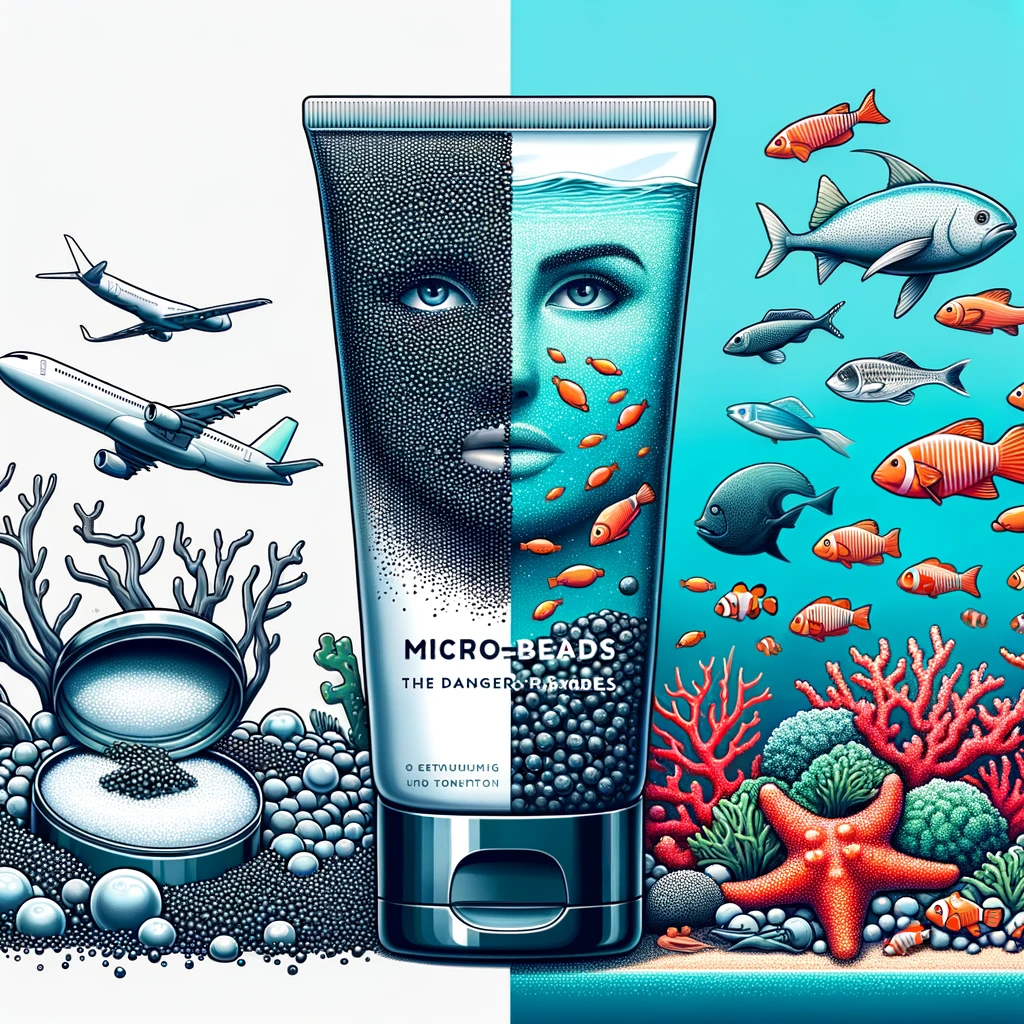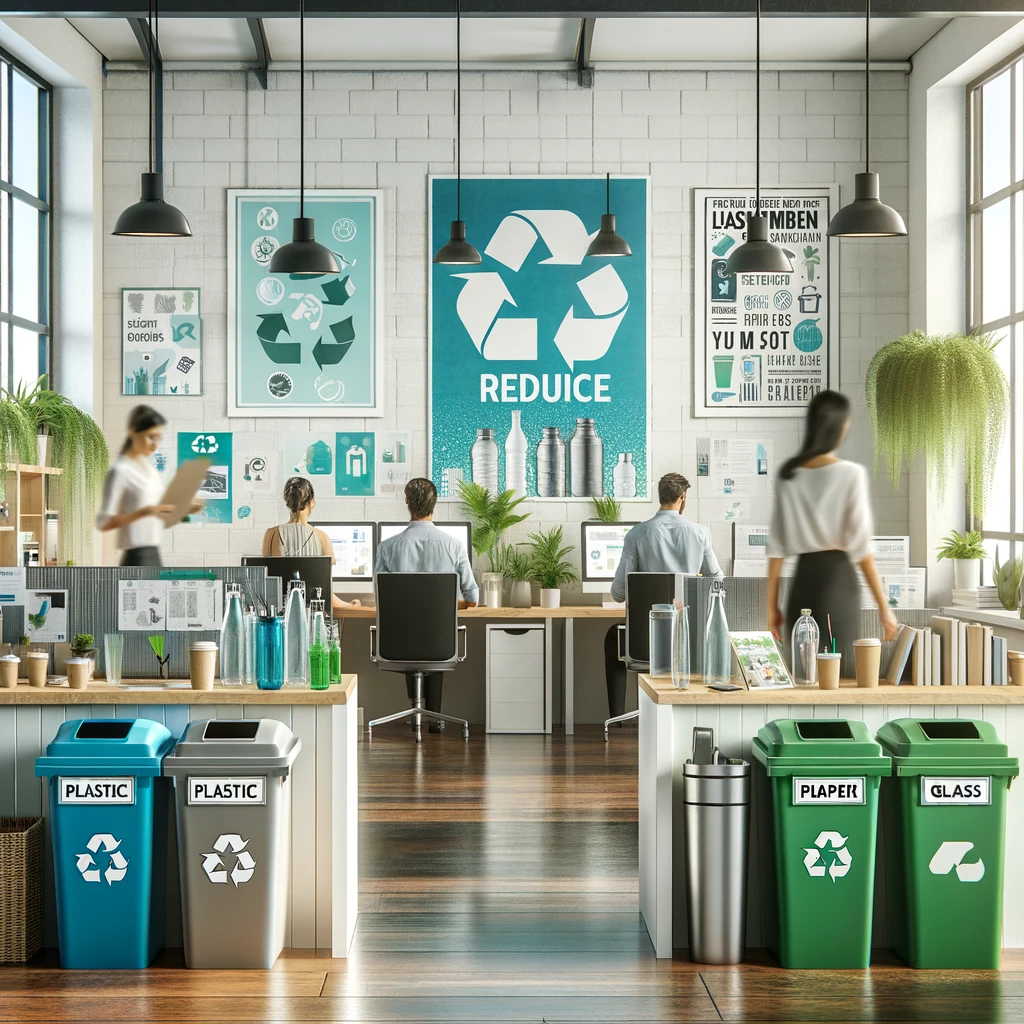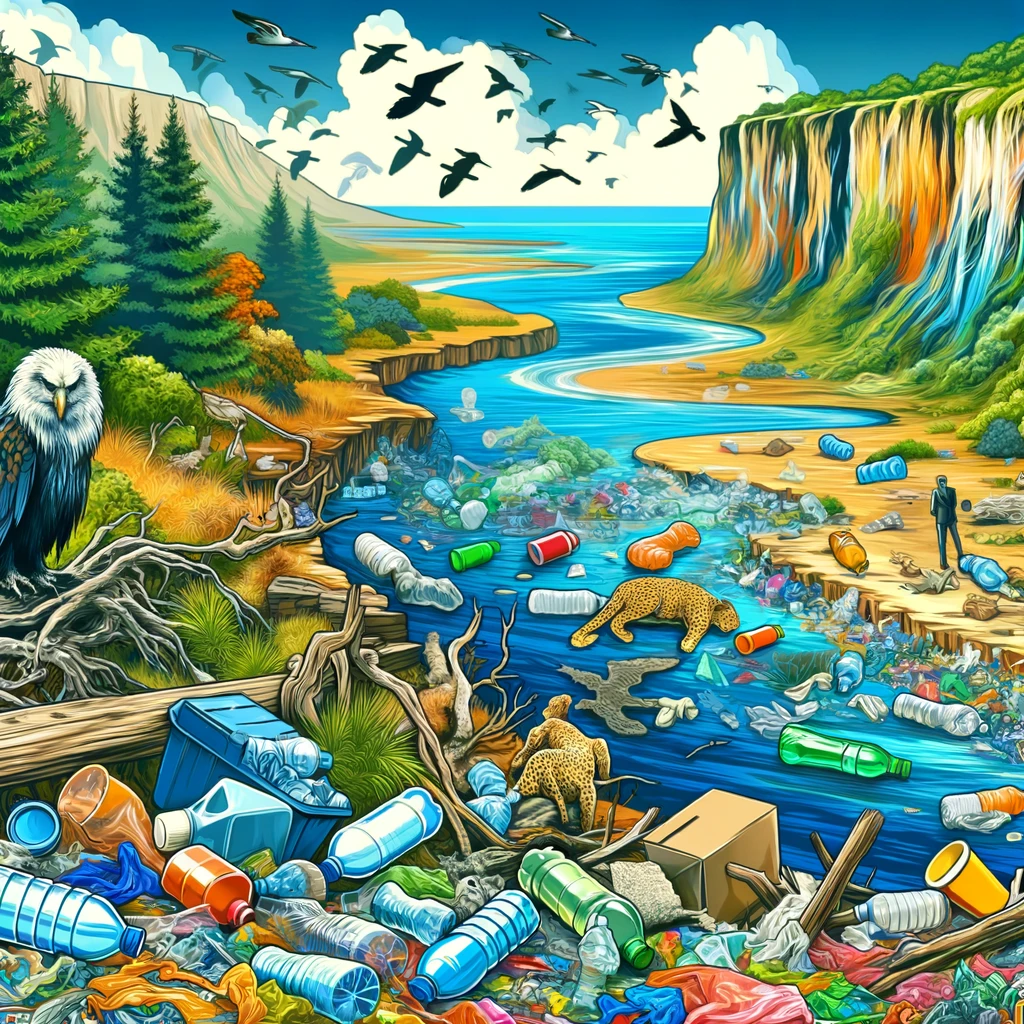Unmasking the Dangers of Microbeads:
A Call for Sustainable Alternatives
Unmasking the Dangers of Microbeads: Paving the Way to a Plastic-Free Future
Paving the Way to a Plastic-Free Future
Introduction:
In the realm of beauty and personal care products, microbeads have long been hailed as a convenient ingredient.
These minuscule plastic particles, approximately one millimeter in size, enhance the performance of exfoliating products like body wash and face scrubs.
Despite their innocuous appearance, the environmental implications they carry are severe.
Fortunately, heightened awareness of their detrimental effects has led to bans in most first-world countries, with the United States implementing the ban in 2018.
This article aims to explore the multifaceted problems caused by microbeads and proposes alternative approaches to maintaining personal care routines without compromising our planet’s health.
1. The Non-Dissolvable Delusion:
One prevailing misconception about microbeads is their perceived insignificance due to their diminutive size. However, microbead pollution has permeated every corner of the explored ocean, posing a persistent threat to marine ecosystems. These beads do not dissolve naturally, turning our blue planet into an unwitting host for tiny plastic invaders.
2. Marine Life at Stake:
Aquatic organisms ingest microplastics, wreaking havoc on their reproductive health. Mistaken for food, microbeads accumulate in the stomachs of marine creatures, leading to malnourishment and physiological disruptions.
Humans, inadvertently consuming these contaminated animals, exacerbate the potential risks associated with microbead pollution.
3. For Our Health’s Sake:
Plastic, at its core, is a hormonal disruptor that poses hazards to both humans and the environment.
Linked to detrimental health effects such as premature puberty and DNA alterations, the pervasive presence of plastic raises concerns about long-term consequences.
Addressing the use of plastic, including microbeads, is vital for protecting the well-being of future generations.
4. Animal Allies in Peril:
Plastic pollution poses a grave threat to animals susceptible to accidental ingestion of plastic debris. Humans, indulging in diets that include animal products, unintentionally expose themselves to the risks associated with microplastic consumption.
Preserving the habitats and well-being of our animal counterparts is crucial for safeguarding our existence.
5. The Perilous Break in the Food Chain:
Microplastics disrupt the food chain, triggering the potential mass extinction of numerous animal species.
Acknowledging the impact of microbead pollution becomes imperative in preserving the delicate balance that sustains life on Earth.
6. The Silent Conduits of Toxins:
Microbeads serve as absorbent agents, imbibing toxic substances present in the environment. These absorbed toxins infiltrate the food supply, entering our bodies and posing insidious consequences. Addressing this issue is vital for preserving ecosystems and protecting our collective well-being.
7. The Winged Harbingers:
Birds fall victim to the pervasiveness of microplastics, feeding them to their vulnerable offspring.
The transmission of poor nutrition through this inadvertent ingestion of microbeads affects the health and fertility of avian populations, highlighting the dire consequences of plastic pollution.
8. Plastic Peril: A Global Concern:
Reiterating the integral theme, plastic in all its forms deserves our utmost attention. From microbeads to various products, the detrimental impact on the environment is undeniable. Combatting this menace is a requisite for safeguarding our planet’s future.
Finding Sustainable Alternatives:
Amidst concerns surrounding microbeads, hope lies in embracing environmentally-friendly alternatives. Analyzing product ingredients and opting for eco-friendly choices can contribute to a cleaner future. Here are practical steps to incorporate sustainable practices into daily routines:
1. Ingredient Awareness:
Empower yourself by reading product labels and scrutinizing ingredient lists. Seek out eco-conscious brands prioritizing sustainable ingredients and processes.
2. Tapping into Filtered Water:
Switch to filtered tap water to eliminate microplastic contaminants and reduce plastic bottle consumption, aiding in preserving water bodies sustainably.
3. Meat and Fish Moderation:
Limiting meat and fish consumption brings environmental advantages, reducing reliance on plastic-inducing packaging. Exploring plant-based alternatives adds a healthful and environmentally conscious dimension.
4. Embracing Non-Synthetic Clothing:
Opt for garments made from natural fibers like organic cotton, hemp, or bamboo to minimize the introduction of microplastics into water systems.
Conclusion:
The menace of microbeads serves as a stark reminder of the dire consequences of plastic pollution.
Exploring sustainable alternatives, actively choosing eco-friendly products, and recalibrating lifestyles can reshape our relationship with plastic.
Together, we can strive towards a harmonious coexistence with nature, safeguarding marine life, protecting our health, and ensuring the sustainable continuation of our food chain.












